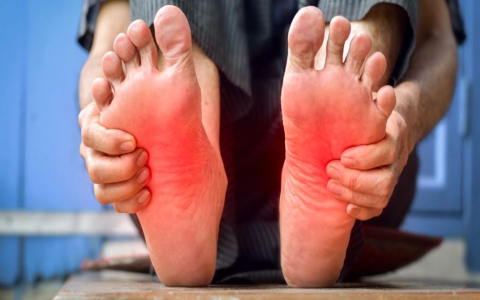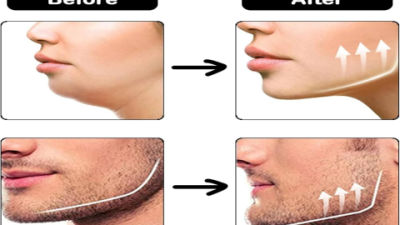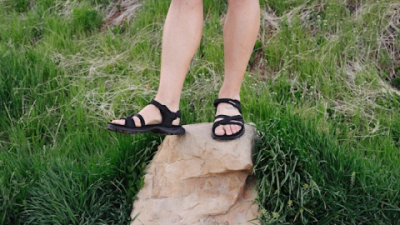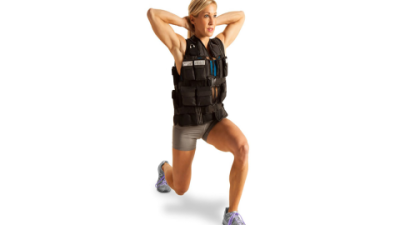Walking barefoot isn’t just a passing fad—it’s a way to reconnect with your body and the world around you. Feeling the ground beneath your feet can improve your balance, strengthen your muscles, and even boost your mood. But if you’re new to barefoot walking, it’s smart to know how to do it safely. Let’s dive into everything you need to get started without any worries.
Why Walk Barefoot? The Cool Benefits You’ll Love
Walking barefoot has some pretty awesome perks. It helps improve your posture and balance, strengthens your foot muscles, and can even reduce inflammation and stress. Plus, it just feels great to be grounded and connected to nature. But to enjoy these benefits, you need to take a few precautions.
Watch Out! The Top Risks and How to Avoid Them
Before you ditch your shoes, be aware of some common risks: cuts from sharp objects, infections, bruises, stepping on something painful, and slippery surfaces. The good news? You can avoid all these with a little care.
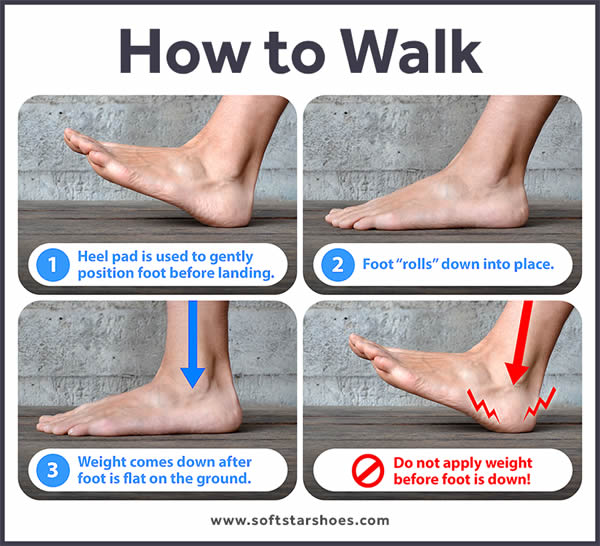
Simple Safety Tips for Barefoot Beginners
- Start slowly—don’t try to go all day barefoot right away.
- Pick safe, clean surfaces like grass or sand to begin with.
- Always check your path for anything sharp or dangerous.
- Keep your toenails trimmed to prevent injuries.
- Wash your feet after each barefoot walk.
- Do foot-strengthening exercises to build up your muscles.
- Listen to your body—if your feet hurt, take a break.
Health Perks and Staying Safe: How to Get the Best of Both Worlds
Walking barefoot can really boost your health, but it’s important to ease into it. Start with short walks and gradually increase your barefoot time. Avoid dirty or risky places to keep infections at bay.
Quick Safety Hacks
- Use antibacterial foot spray for extra protection.
- Carry a small first aid kit just in case.
- Wear minimalist shoes if you’re unsure about the surface.
- Avoid walking barefoot in the city at night.
- Stretch your feet before and after walking to prevent soreness.
Foot Care 101: How to Keep Your Feet Happy and Healthy
Taking care of your feet is key when you’re walking barefoot. Clean them regularly, moisturize to keep skin soft, and exfoliate to remove dead skin.
Ways to Prevent Cuts, Blisters, and Infections
- Look over your walking path carefully.
- Avoid hot or rough surfaces that can hurt your feet.
- Use natural foot powders to keep your feet dry.
- Treat any small cuts right away with antiseptic.
After Your Walk: Pamper Your Feet
Soak your feet in warm water with Epsom salts to relax muscles and reduce soreness. Follow up with a good moisturizer to keep your skin soft and healthy.
Picking the Right Surfaces: Where to Walk Barefoot Safely
Not all surfaces are created equal when it comes to barefoot walking. Here are some of the best places to start:
- Soft grass
- Clean sandy beaches
- Smooth wooden floors
- Yoga mats or gym floors
- Soft dirt trails
And here are places you’ll want to avoid:
- Rocky or gravelly paths
- City streets littered with glass or trash
- Wet, slippery tiles
- Hot asphalt or concrete under the sun
- Areas with animal waste or chemicals
To pick the right spot, just do a quick check: Is it clean? Is it safe? Does it feel comfortable? If you’re unsure, it’s better to wait or wear some protection.
Common Mistakes New Barefoot Walkers Make (And How to Dodge Them)
Many beginners jump in too fast, ignore pain, or walk on unsafe surfaces. Here’s how to avoid those pitfalls:
- Don’t rush: Start with just 5- minutes a day and build up gradually.
- Listen to your body: If your feet hurt, take a break and rest.
- Scout your path: Always look for hazards before stepping out.
Easy Exercises to Build Stronger Feet
- Toe curls and spreads
- Heel raises
- Walking on soft, varied surfaces
- Stretching calves and ankles daily
Gear Up or Go Barefoot? What Beginners Should Know
Minimalist shoes are a great way to protect your feet while still feeling close to barefoot walking. They offer some cushion and protection without sacrificing the natural feel.
Other helpful accessories include toe socks for grip and hygiene, foot pads for sensitive spots, and antibacterial sprays to keep germs at bay.
Use gear when walking in risky places like cities or rocky trails, and go fully barefoot when you’re in safe, natural spots.
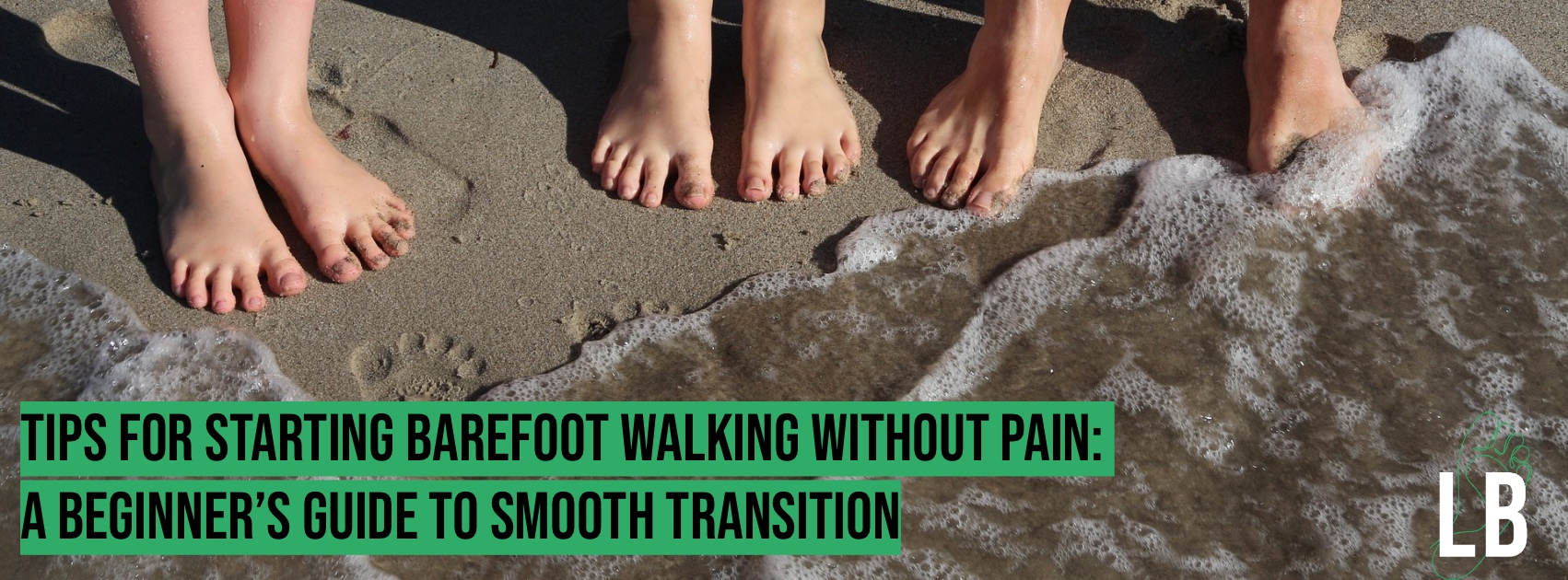
Making the Switch: How to Transition Smoothly from Shoes to Barefoot
Here’s a simple plan to ease into barefoot walking:
- Start indoors on soft surfaces.
- Walk barefoot for 5- minutes a day.
- Gradually increase your barefoot time and distance.
- Do foot-strengthening exercises regularly.
- Keep an eye on how your feet feel and adjust accordingly.
You’ll know you’re ready to go fully barefoot when you feel no pain, your foot muscles are stronger, and your balance improves.
Barefoot Walking for Different Activities: Tips for Every Terrain
Walking barefoot on a trail? Watch out for roots, rocks, and bugs. Beaches are great, but avoid sharp shells and hot sand. In the city, stick to clean parks and grassy spots, and avoid busy streets.
If you want to try barefoot running, remember it takes more foot strength and caution—start with walking first!
Myths vs. Facts: What You Really Need to Know About Barefoot Walking
There are lots of myths out there, so let’s clear them up:
- Myth: Walking barefoot causes infections.
Fact: If you keep your feet clean and choose safe places, infections are pretty rare. - Myth: Barefoot walking hurts your feet.
Fact: Some discomfort is normal at first as your feet get stronger. - Myth: You can’t walk barefoot in the city.
Fact: You can, but be cautious and use gear when needed.
Experts agree: listen to your body, pick your spots wisely, and keep your feet clean.
Ouch! How to Handle Injuries and Discomfort
Sometimes, you might get cuts, bruises, blisters, or even plantar fasciitis. Here’s what to do:
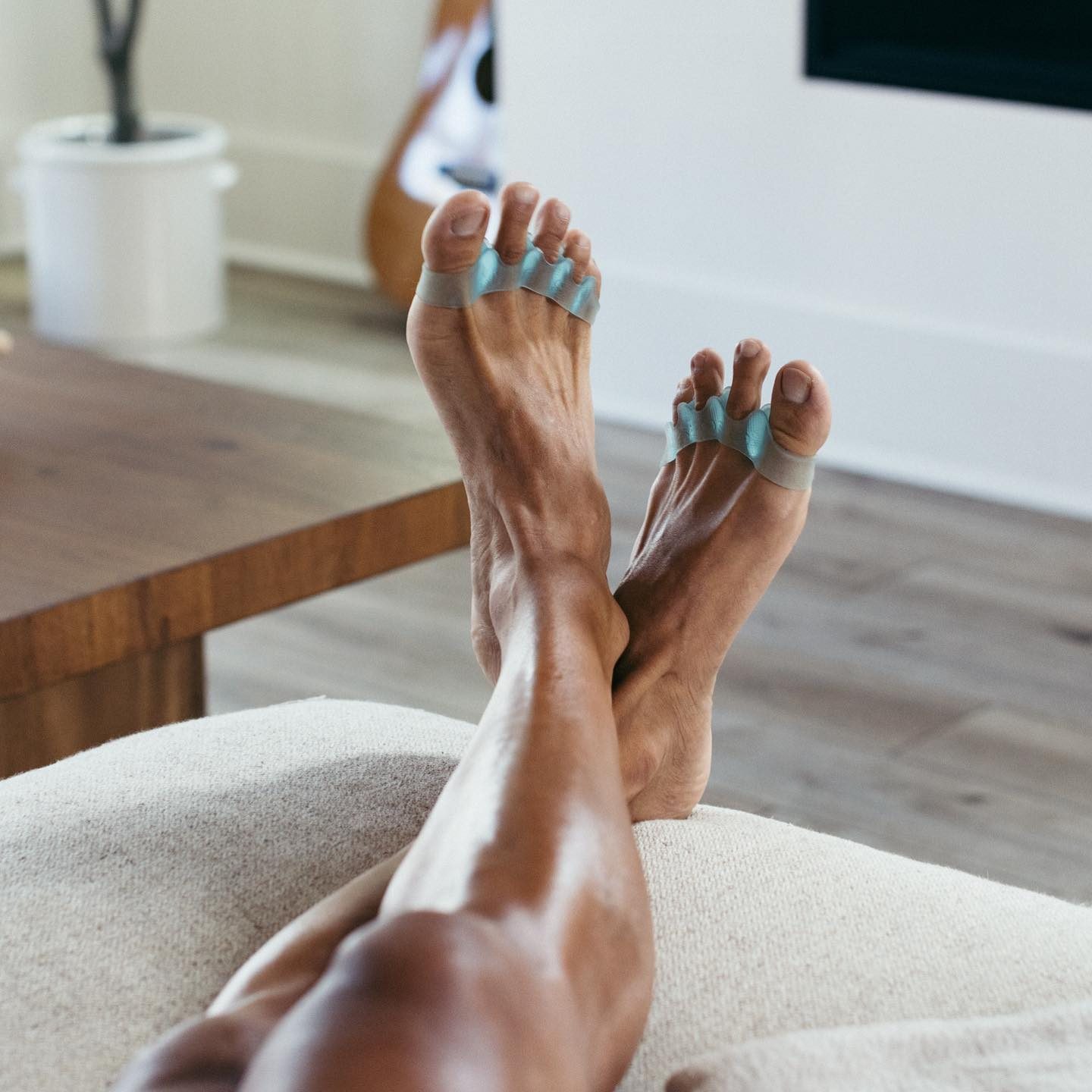
- Clean any wounds right away.
- Apply antiseptic and cover with a bandage.
- Rest and elevate your foot if it’s swollen.
- Use ice packs for bruises.
If you notice signs of infection or severe pain, don’t hesitate to see a doctor.
Walking barefoot can be a refreshing and healthy experience when done right. Take it slow, care for your feet, and enjoy every step!
